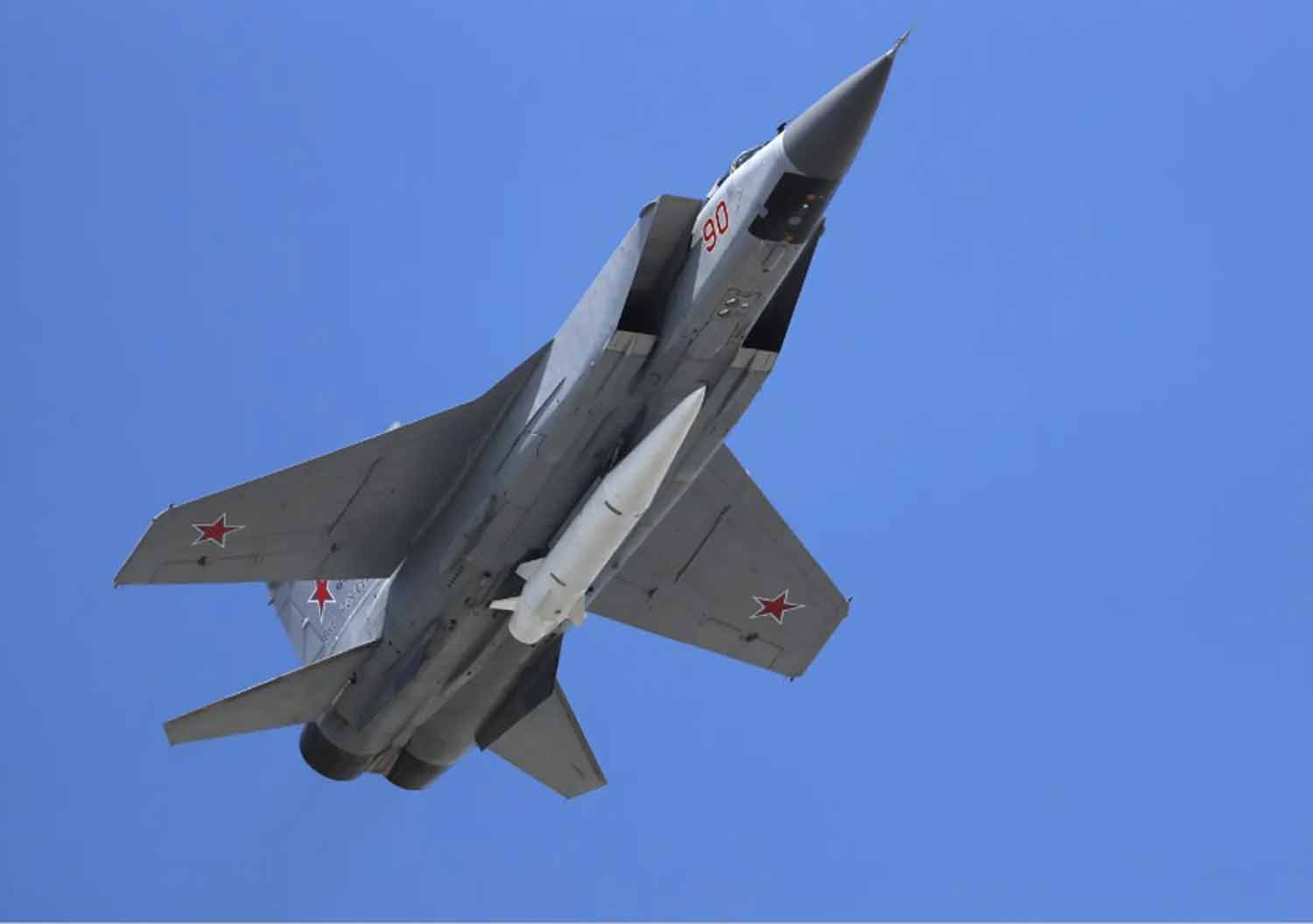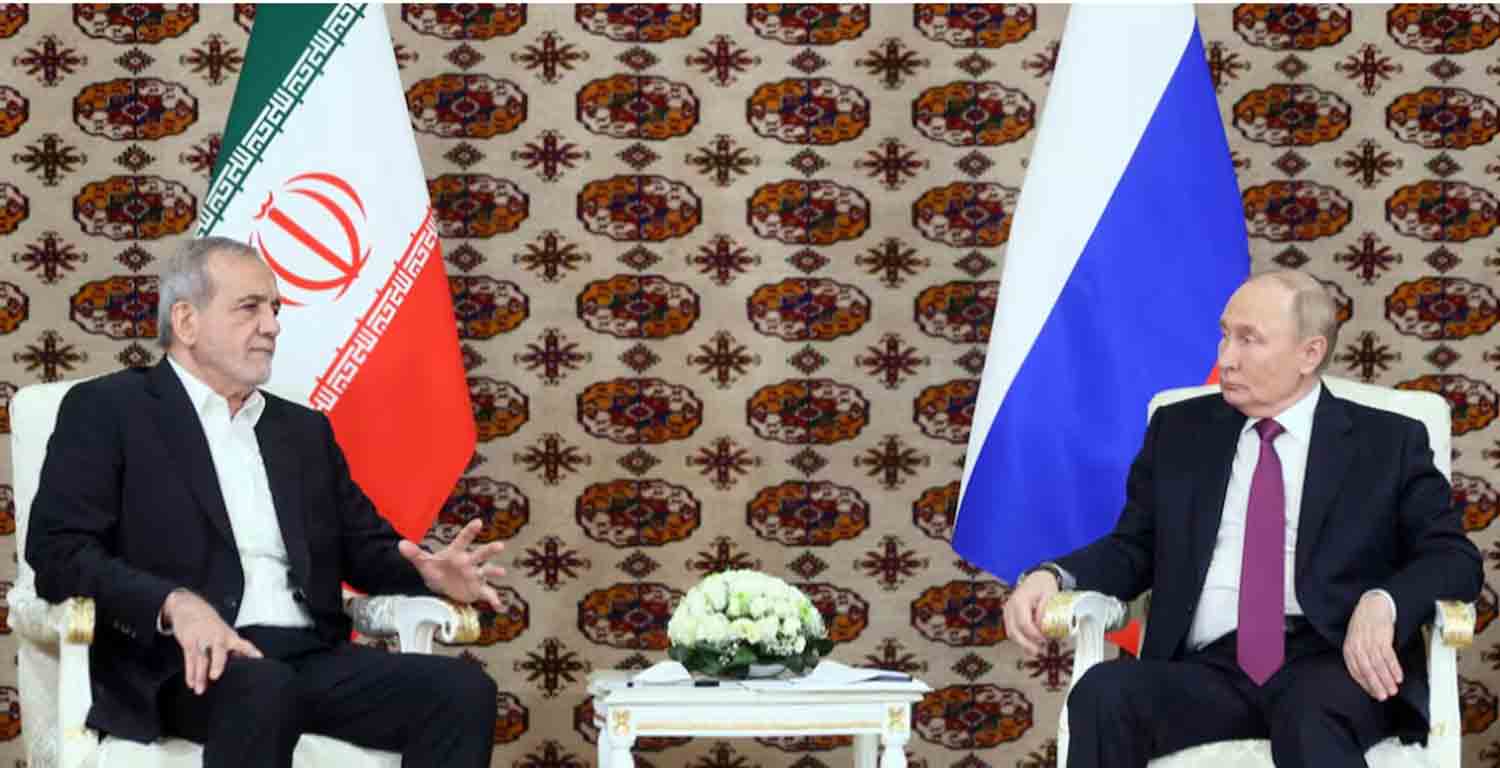Hezbollah is gearing up for a prolonged war of attrition in southern Lebanon following the significant loss of its senior leadership due to Israeli military actions. A new military command has been established to oversee rocket launches and ground operations, according to two sources familiar with the group’s activities.
The organization has suffered greatly from three weeks of intense Israeli assaults, particularly the assassination of its leader, Sayyed Hassan Nasrallah. Observers, both allies and adversaries, are closely monitoring Hezbollah’s ability to withstand the Israeli forces that have entered Lebanon with the objective of pushing the group away from the border.
Despite the challenges, the Iran-backed organization retains a substantial arsenal of weapons, including advanced precision missiles that have not yet been deployed, as reported by four sources familiar with its operations. This comes in the wake of numerous airstrikes that Israel claims have significantly reduced Hezbollah’s military capabilities.
Following Nasrallah’s assassination on September 27, Hezbollah’s command structure faced disruption for several days until Shi’ite militants successfully established a new “operations room” within 72 hours, as confirmed by a Hezbollah field commander and a source close to the group.
Nasrallah, along with several other Hezbollah leaders and an Iranian commander, was killed when Israel successfully identified and targeted his fortified bunker beneath Beirut.
Despite ongoing Israeli assaults, the new command center has remained operational, allowing fighters in the southern region to launch rockets and engage in combat based on centrally issued directives, according to unnamed sources familiar with the situation.
A senior official affiliated with Hezbollah indicated that the organization is currently engaged in a war of attrition. Avraham Levine, an analyst at the Israeli think tank Alma, noted that Hezbollah is likely “well prepared and waiting” for Israeli forces, making them a formidable adversary. He emphasized that while the command structure has been compromised, Hezbollah retains the capability to target Israeli communities and confront Israeli troops, characterizing the group as “the same powerful terror army we all know.”
Fighters are empowered to execute orders “based on the capabilities of the front,” according to a Hezbollah field commander, who characterized the new command as “a narrow circle” maintaining direct contact with the field. It is uncommon for a Hezbollah field commander to engage with international media.
The commander noted that this new command functions under complete secrecy and refrained from providing additional information regarding its communication methods or organizational structure. Following the death of Nasrallah, Hezbollah has not appointed a new leader, and the most likely successor has also been killed. Sheikh Naim Qassem, the deputy leader of the Shi’ite group, expressed support for ceasefire initiatives this week while asserting that the group’s operational capabilities remain intact.
A source familiar with Hezbollah’s operations indicated that the group’s dedicated fixed-line phone network is “essential” for current communications. Reports suggest that this network withstood attacks on the group’s communication systems in September.
A statement released this week by the “operations room of the Islamic Resistance” claimed that fighters were actively resisting incursions and “watching and listening” to Israeli forces in unexpected locations, likely referring to concealed Hezbollah positions. This statement marked the first public acknowledgment of the new command’s existence, though it did not disclose the identities of its members or the circumstances of its establishment.
Hezbollah’s media office did not respond to a request for comment prior to publication, which included a comprehensive summary of the information shared by the field commander and other sources. Following the publication of this story, Hezbollah’s media office issued a written statement declaring that the portion of Reuters’ report “attributed to a Hezbollah field commander is completely false” and that there are “no sources in Hezbollah.”
When inquired about the situation in Lebanon, the Israel Defence Forces (IDF) directed Reuters to previous public statements.
TUNNEL WARFARE
On October 1, Israel announced that its ground forces had commenced operations in southern Lebanon, initially deploying commando units, followed by regular armored and infantry units. The military confirmed on Tuesday that reservists from the 146th Division are now actively engaged, increasing the total number of divisions operating on Lebanese territory to four.
While Israel has not disclosed the exact number of soldiers involved, a typical division comprises over 1,000 personnel. The troops are reportedly engaged in close-quarters combat with Hezbollah fighters, with Israel stating that twelve of its soldiers have lost their lives in southern Lebanon or northern Israel since the operation began.
Both Hezbollah and Israel acknowledge the existence of a vast tunnel network in southern Lebanon, which has expanded since the 2006 conflict between the two. A 2021 report from the think tank Alma suggests that these tunnels may stretch for hundreds of kilometers.
A Hezbollah field commander emphasized that the tunnels are “the foundation of the battle,” noting that the group has invested years in their construction. “Their time has come,” he remarked.
The Israeli military has released video evidence purportedly showing deep tunnels seized by its forces. One video, shared on October 5, appears to depict an underground room equipped with landline telephones, although Reuters has not been able to verify the video’s date or location.
A source affiliated with Hezbollah indicated that the tunnels identified by Israel were specifically constructed for the Radwan special forces units, intended for future operations in the Galilee region of northern Israel. This source claimed that Israel remains unaware of the full extent of the tunnel network.
HEAVILY IMPACTED BUT STILL RESILIENT
Andreas Krieg, a senior lecturer at the School of Security Studies at King’s College London, noted that while Hezbollah’s capabilities have been significantly diminished, the group continues to launch rockets at Israel with considerable intensity, reserving its ballistic missiles for critical situations.
Hezbollah has reported an increase in its firepower in recent days.
According to the World Factbook from the U.S. Central Intelligence Agency, prior to the current conflict, Hezbollah was estimated to have over 150,000 missiles and rockets in its arsenal.
Two sources indicated that Hezbollah has opted not to deploy its most advanced rockets, including precision-guided missiles, in order to conserve resources for a prolonged conflict and to prevent Israel from justifying broader attacks on Lebanese infrastructure, such as the airport in Beirut, as well as roads and bridges.
A third source mentioned that the group has refrained from targeting major Israeli cities like Tel Aviv with its most powerful weapons, as such actions would provide Israel with a rationale to intensify its military response against Lebanon.
It is clear that Israel has caused significant damage to Hezbollah. In September, thousands of booby-trapped communication devices utilized by Hezbollah operatives were detonated, an incident that Israel has neither confirmed nor denied involvement in.
Starting on September 23, Israel markedly increased its airstrikes, claiming to have destroyed tens of thousands of Hezbollah rockets, primarily located in southern Lebanon, the Bekaa Valley, and the southern suburbs of Beirut.
Israeli officials have indicated that Hezbollah’s average daily launch of 100-200 missiles and rockets, rather than the anticipated thousands, signifies a notable decline in their capabilities. Estimates regarding Hezbollah’s losses have varied, with one Western diplomat noting that prior to Nasrallah’s death, as much as 25% of their missile capacity may have been compromised. Reports from Reuters have previously highlighted that Iran had proposed to replenish its ally’s arsenal but encountered difficulties with supply routes.
The Israeli military claims to have eliminated hundreds of Hezbollah fighters, including a significant portion of the senior leadership within the Radwan special forces. The United States, which classifies Hezbollah as a terrorist organization, remarked that deputy leader Qassem’s recent call for a ceasefire indicates that the group is under pressure.
GUERRILLA TACTICS
In a recent and lethal confrontation, hidden Hezbollah operatives launched an assault on Israeli troops advancing near Odaisseh, a southern village, shortly after Israel had bombarded the area with artillery and airstrikes, according to a source affiliated with Hezbollah.
The ambush involved the use of mines and Russian-made Kornet anti-tank missiles, weaponry reminiscent of that employed against Israeli forces during the 2006 conflict in southern Lebanon.
This incident appears to correlate with the Israeli military’s report of five soldiers from a commando unit being killed and five others suffering serious injuries during a gunfight on October 2.
The Israeli military has refrained from providing further details beyond its previously released statements. On the same day, two additional soldiers were reported killed in a separate event, as confirmed by the Israeli army.
Israel’s objective is to facilitate the return of tens of thousands of individuals who fled northern Israel following Hezbollah’s rocket attacks a year ago, which were launched in solidarity with Hamas in Gaza.
According to Lebanese officials, Israel’s military actions have displaced over 1 million people in Lebanon, primarily from the Shi’ite community that supports Hezbollah.
Mohanad Hage Ali from the Carnegie Middle East Center in Beirut anticipates an advance by Israeli forces, questioning the extent of the costs Hezbollah will impose on them.
The southern region holds significant symbolic value for Hezbollah, which was established by Iran’s Revolutionary Guards in the early 1980s partly to counter an Israeli invasion and subsequently fought against Israel’s prolonged occupation.
“Engaging Israel on the battlefield is fundamental to Hezbollah’s operations,” noted Krieg.
“This is their area of expertise, and most of their ground defenses have been specifically designed for this purpose,” he added.
Hezbollah aims to convey a strong message to Israel, as well as to its supporters in Lebanon and allies within the Iran-backed Axis of Resistance, demonstrating that it remains resilient and capable of inflicting substantial damage on Israeli forces.
Discover more from Defence Talks | Defense News Hub, Military Updates, Security Insights
Subscribe to get the latest posts sent to your email.





